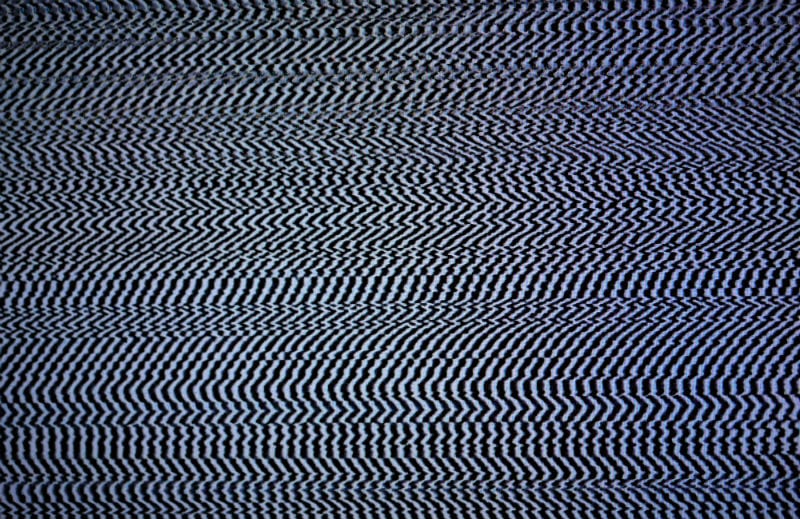
Logically, what should come before enacting a plan regarding cleaning or decluttering a system? The answer should be a firm understanding of the system being decluttered.
No one can argue that our current spectrum situation is a massive collection of interfering signals colliding with each other all whilst trying to conform to confusing rules and regulations. This spectrum situation is almost directly out of the Merriam-Webster dictionary definitions for the word clutter:
- “A crowded or confused mass or collection.”
- “Interfering radar echoes caused by reflection from objects (as on the ground) other than the target.”
So, beyond establishing that there is a problem, officials can move on to fixing it. In and out of the lab, each person tasked with the job of decluttering the current spectrum should be knowledgeable and continually informed about how the spectrum interacts with real world environments to better learn when, where, and why interference might be taking place.
Once the problem is narrowed down to more specific causes, it will be much easier to fine tune the rules and regulations surrounding it.
For example, some of the “clutter” that should be addressed includes environmental barriers like buildings and vegetation that cause the scattering and absorption of signal.
The National Telecommunications and Information Administration’s Institute for Telecommunication Sciences have begun some tests of this nature, delving into the nature of clutter when analyzing and predicting radio waves. ITS engineer Chriss Hammerschmidt recently published a paper titled “Extracting Clutter Metrics From Mobile Propagation Measurements in the 1755-1780 MHz Band” at MILCOM 2016 (link is external), an international conference for military communications.
Hammerschmidt’s goal was to take spectrum measurements to inform and either validate or invalidate wave propagation prediction models proposed in 2015. ITS and the Department of Communications have been building the models since 1909, and they recently recognized the need for even more in depth research on the spectrum.
This was, of course, due to the exponential growth of usage of the spectrum in recent years.
Luckily, with the rise of use of the spectrum comes a rise in the power of technology. With more powerful computing systems, more parameters can be added to the propagation models. The results can be tested against the measurable data taken in studies like the one done by ITS.
For example, ITS has recently been working with the National Institute of Standards and Technology and the Defense Spectrum Organization to take propagation measurements in locations that represent sites under consideration for federal/non-federal coordination in order to inform a clutter loss model. They will use the measurements taken from the 2015 study to create a validated, trusted clutter loss model.
These studies should be encouraged and replicated, challenged and validated because as technology rises, so will interference, and so should the methods used to declutter. Accurate and timely research is paramount to reshaping the chaos that is our current spectrum situation. The question is and will remain, are we doing everything in our power to maintain the fight?